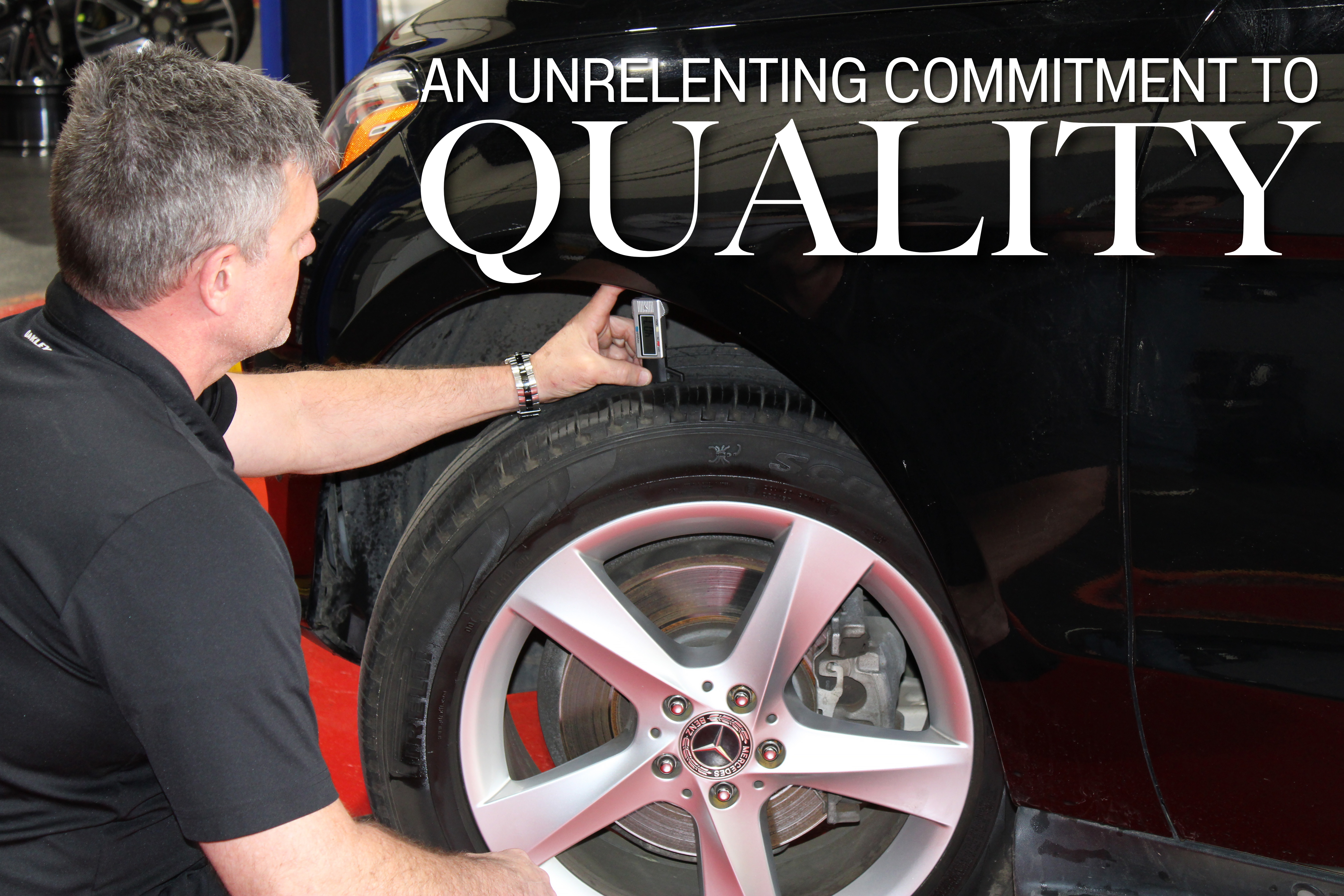An unrelenting commitment to quality in developing high-performance tires has permeated the atmosphere of the Pirelli Tire North American plant in Rome for more than 20 years. Today, the same commitment to the development of tires that can be as useful to society after they are taken off the car or motorcycle is driving the Pirelli circular economy for tires.
Recyclability is probably too simple a term to use. Pirelli’s research and development staff, some 20 strong at its Rome plant alone, is working daily to discover the best ingredients to put into a Pirelli tire on the front end to continue to get maximum usage from the same tire after it is scrapped.
The U.S. Tire Manufacturers Association’s latest data indicates that 76% of scrap tires are going into circular (recycled) markets in the U.S. Tires are among the most recycled items in the circular economy, right behind leadacid batteries. While the recovery rate of 76% is high, the growth in the number of scrap tires is currently outpacing the recycling rate.
When scrap tires are recycled, they are used for various purposes. The materials that actually go back into new tires are relatively small. “You can put recycled material as fill into farm tires or off-the-road tires, earth moving equipment, that kind of thing, more easily than high performance or Formula
One racing tires,” said Maureen Kline, vice president for public relations and sustainability at Pirelli Tire North America. “Our materials labs are working toward using recovered carbon black.”

Scrap tires are used to develop fuels used to power cement kilns, pulp and paper mills, and fuel for utility boilers to generate electricity. In addition, ground-up rubber is used to produce rubber-modified asphalt, landscaping and playground mulch, athletic surfaces, molded products, and some automotive parts. Kline is particularly enthused about the use of recycled tires in modified asphalt. Materials from scrap tires replace other virgin polymers in the mix that goes into new asphalt. Rubber-modified asphalt increases pavement service life and reduces road maintenance costs. It also leads to a 32% reduction in carbon dioxide emissions and less energy consumption over the pavement's lifetime. According to data from the U.S. Tire Manufacturers Association, it also offers increased skid resistance and noise reduction and provides a better ride quality.

Scrap tires are used to develop fuels used to power cement kilns, pulp and paper mills, and fuel for utility boilers to generate electricity. In addition, ground-up rubber is used to produce rubber-modified asphalt, landscaping and playground mulch, athletic surfaces, molded products, and some automotive parts. Kline is particularly enthused about the use of recycled tires in modified asphalt. Materials from scrap tires replace other virgin polymers in the mix that goes into new asphalt. Rubber-modified asphalt increases pavement service life and reduces road maintenance costs. It also leads to a 32% reduction in carbon dioxide emissions and less energy consumption over the pavement’s lifetime. According to data from the U.S. Tire Manufacturers Association, it also offers increased skid resistance and noise reduction and provides a better ride quality.
Tire Derived Aggregates from scrap tires are also used to build stormwater infiltration galleries and road embankments. TDAs, through larger void spaces, can capture potentially harmful roadway runoff, including microplastics and heavy metals, before they reach groundwater.
The research and development team at Pirelli is working on designing tires that improve the recyclability of the scrap tire. However, one of the obstacles to re-using scrap tires is the chemical makeup of the tire itself. “The industry and Pirelli are funding all kinds of research into safer chemicals with that in mind,” Kline said. Pirelli is also looking at ways to increase the use of recycled carbon black in their new tires.
Pirelli is also looking at programs to create new markets for scrap tires. Kline is hopeful that companies may be willing to pay for scrap tires to use as a raw material at some point.
Looking to the future and considering the growth of the electric automobile market in the U.S., the number of scrap tires is likely to go up. This is because the automobiles are typically heavier, largely due to the batteries, and the tires are expected to be lighter, so the wear rate is potentially quicker than normal.
The World Business Council for Sustainable Development, of which Pirelli is a major proponent, estimates that upwards of a billion tires reach the end of their useful life every year. Managing environmentally sound and productive ways to re-use those tires is the highest priority for member corporations.
For more information on Pirelli, visit pirelli.com.


